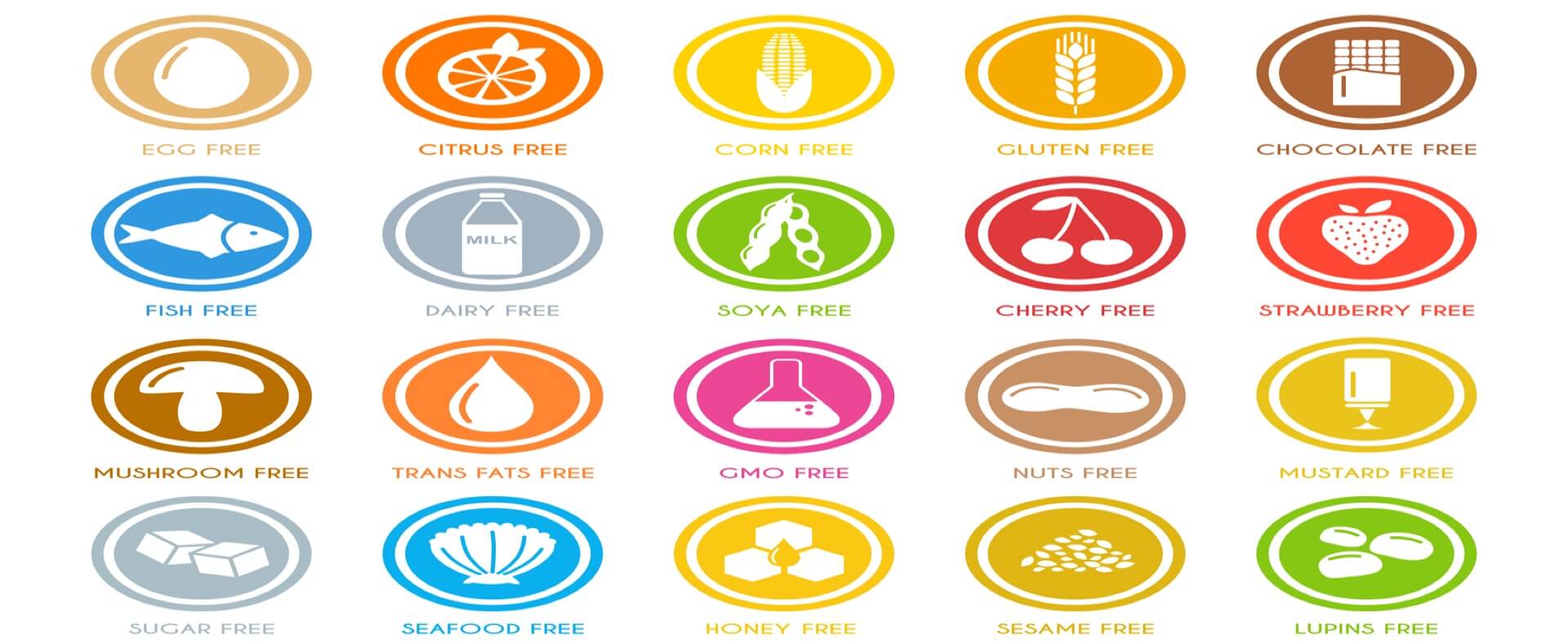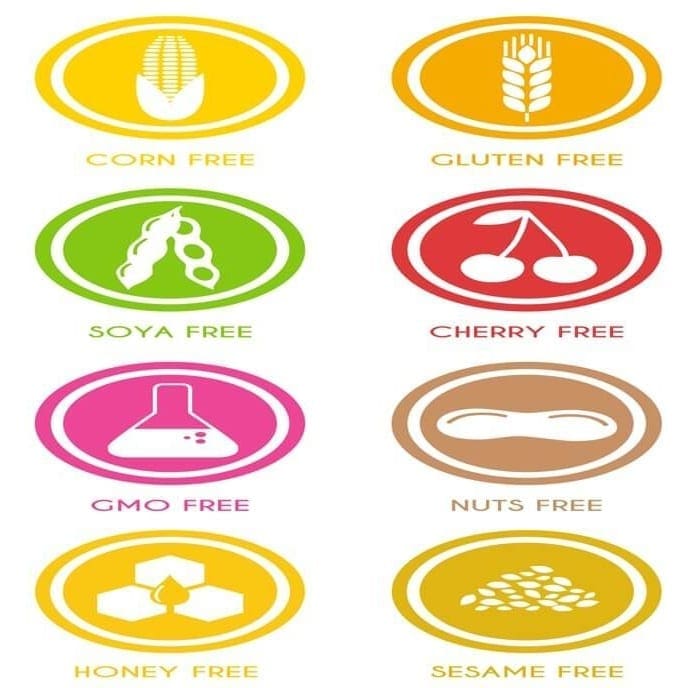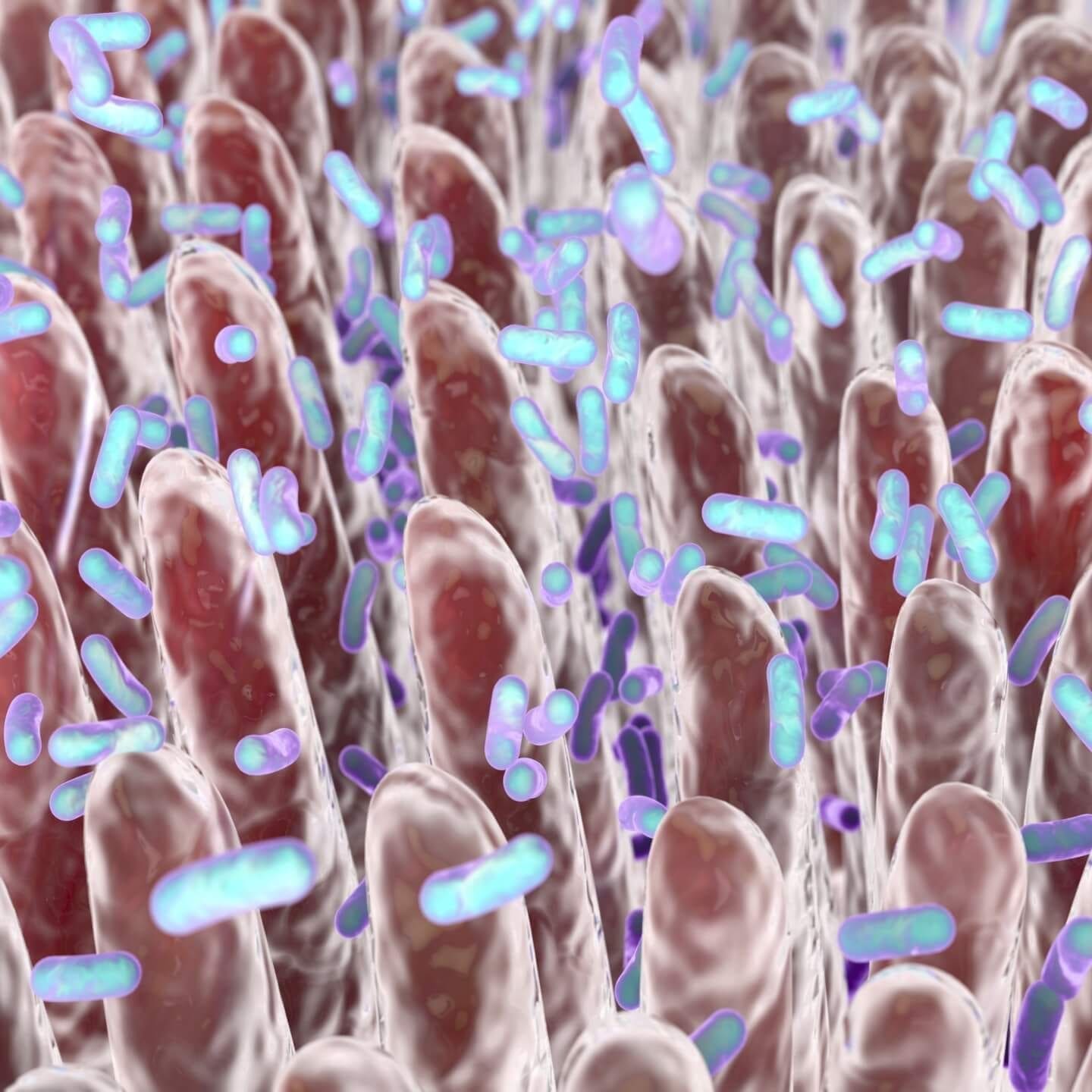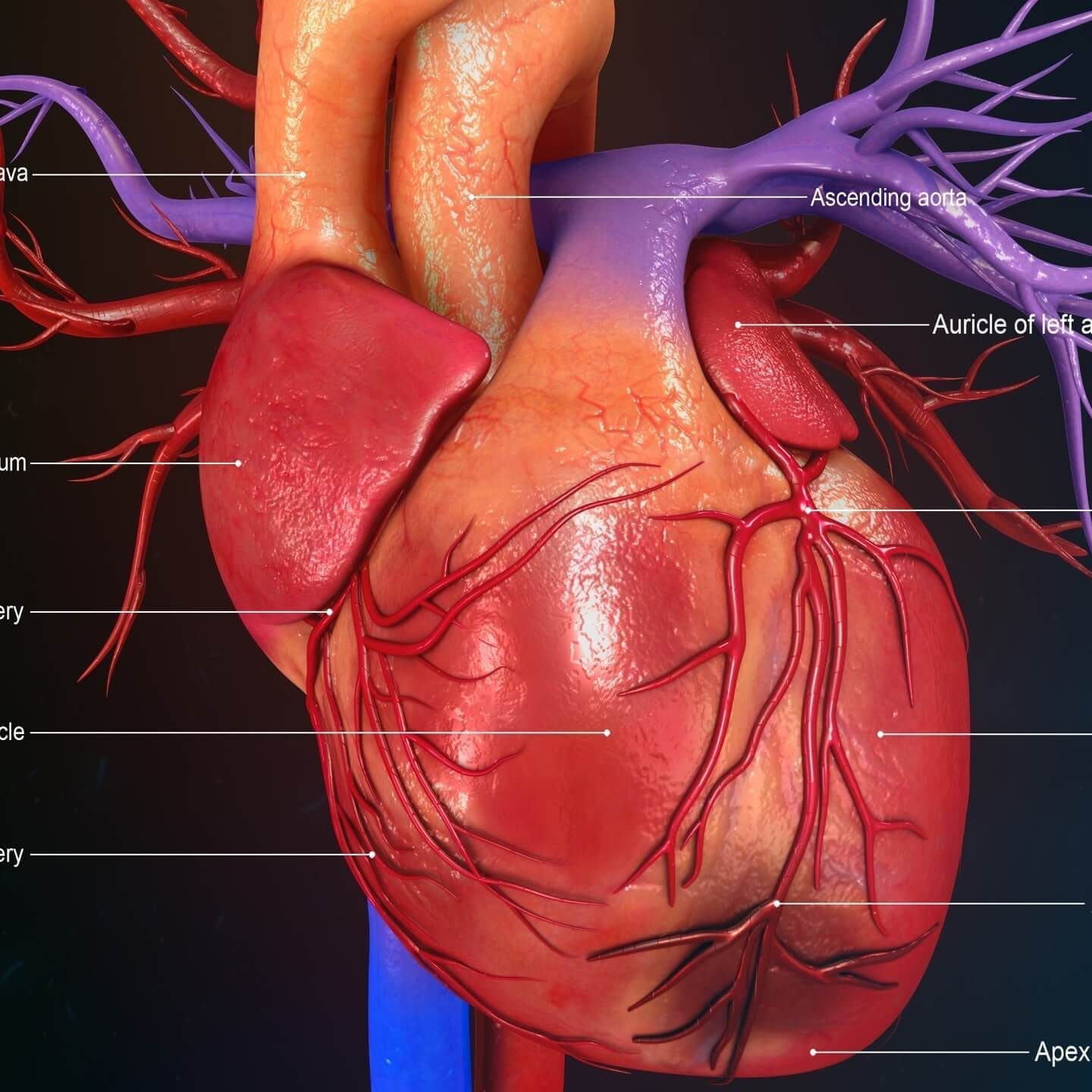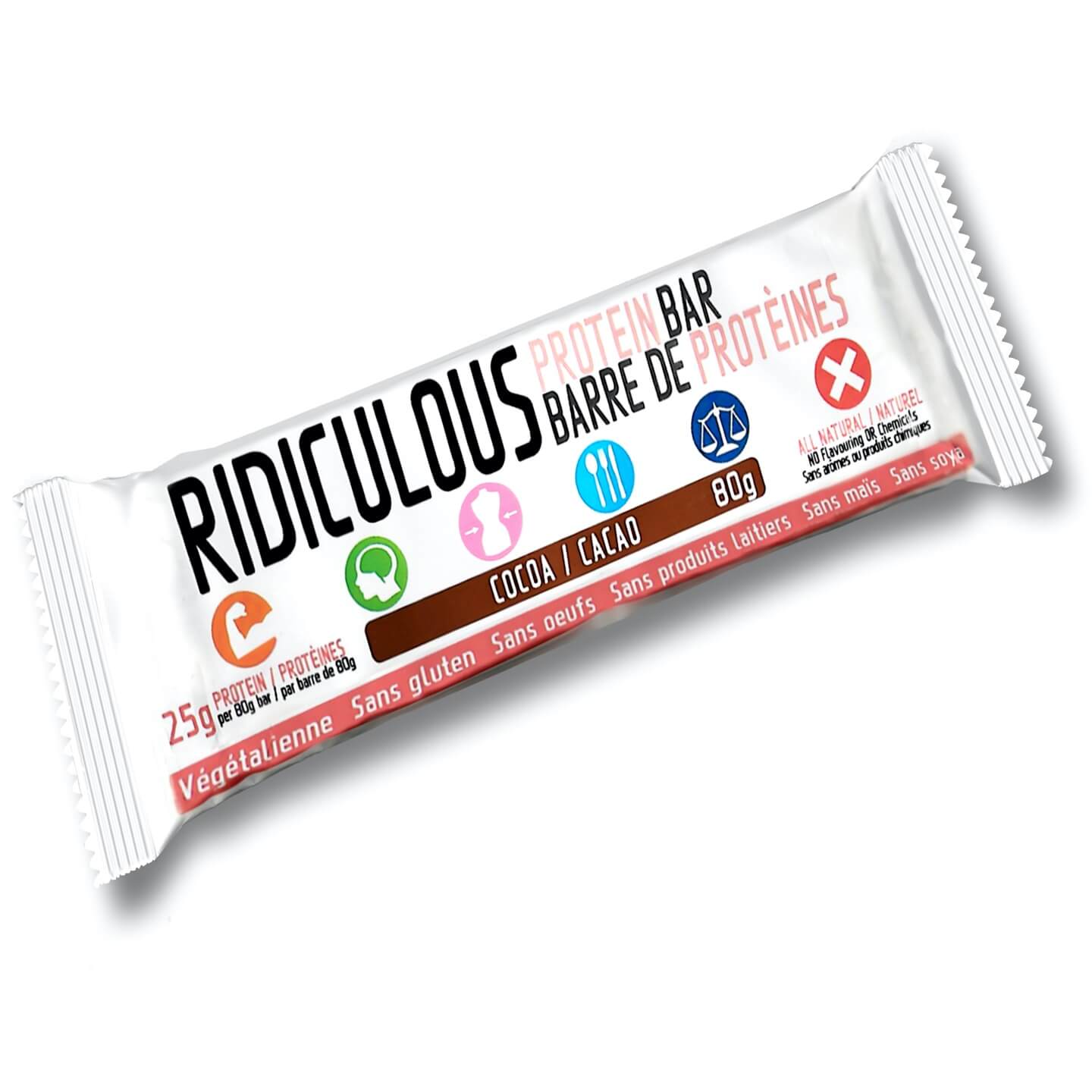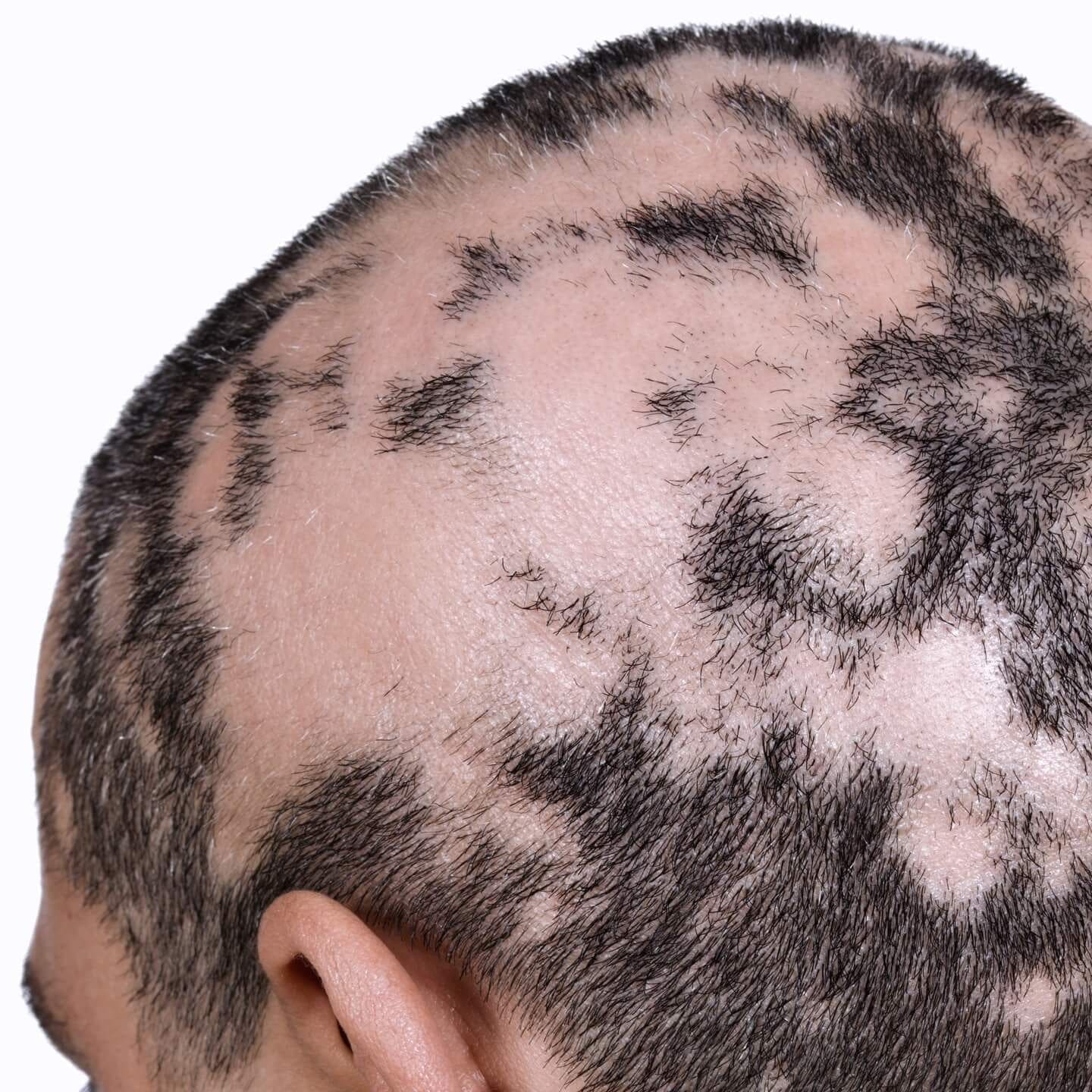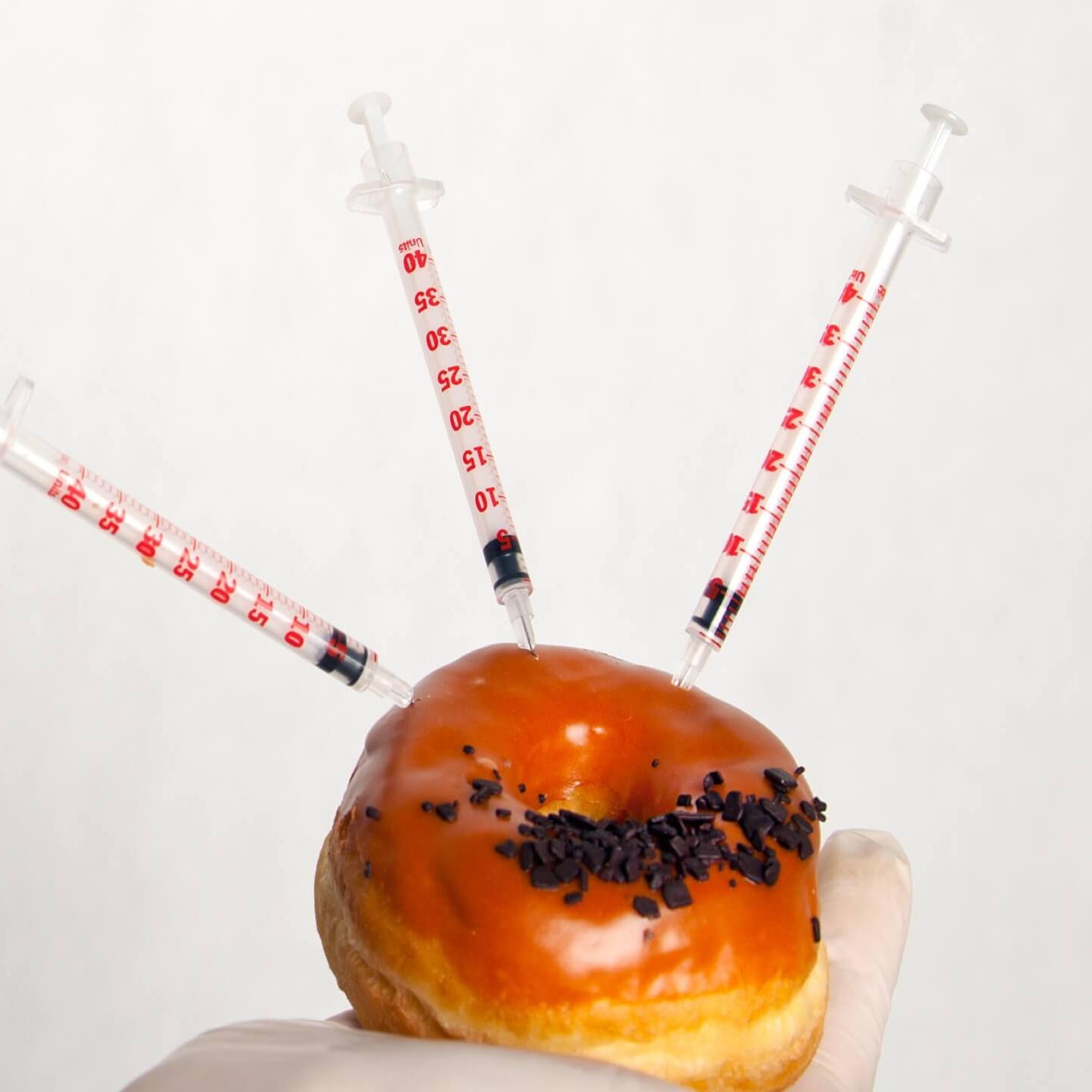Food Allergies: When Friend becomes Foe
Food Allergies: When Friend becomes Foe is the concern. In fact, food allergies affect most people at some point in their life. The problem lies in acknowledging the link between diet and disease, a theory not commonly supported by conventional medicine. People often notice when a symptom occurs after eating, however not all reactions are immediate. Identifying a specific food becomes challenging when we consider how complex our diets are, filled with processed foods, and dozens of ingredients on labels. The other query comes when we debate whether the reaction is a food additive or a food allergy.
Food Additives
Food additives comprise the dyes and preservatives in foods, beverages and drugs. The most commonly used preservatives in food are sodium benzoate, 4-hydroxybenzoate esters, sulphur dioxide, as well as various sulphites.
Sulphites prevent the growth of microorganisms and the resulting spoilage, which indicated their use on produce, especially in restaurant salad bars. Most people suffered severe allergic or asthmatic reactions as they were unaware of their sensitivity to sulphites and the common use of these in foods.
Unfortunately, only when sulphite sensitivity was associated to 15 deaths between 1983 and 1985, the FDA finally agreed to review their use. Only then was sulphite use on produce finally banned in 1986 in the US, requiring labeling of other foods, such as wine, beer, and dried fruit, as they all have added sulphites.
The average person consumes sulphites to an average of 2-3 milligrams per day, but wine and beer drinkers ingest up to 10 milligrams per day. The primary culprits in restaurants are mainly salads, vegetables (especially potatoes) and avocado dip. One restaurant meal can provide 25-100 mg of metabisulphite.
Food Allergies: When Friend Becomes Foe Forever?
A food allergy is the immediate or delayed adverse reaction to the ingestion of specific foods or a food additive. Of the two basic types of food allergies, the cyclic form accounts for 80-90 % and develops by repetitive eating of a certain food. However, avoidance for a time allows reintroduction and tolerance if eaten occasionally.
Fixed allergies are sensitivities occurring whenever a food is eaten, despite the length of time between ingestion. Furthermore, food allergies can be triggered by the immune system or inflammatory chemicals, such as histamine, serotonin and those produced in the inflammatory pathway.
Food Allergies: When Friend Becomes Foe – Immediate Or Delayed Reaction?
There are four types of immune-mediated reactions:
- Type I or immediate hypersensitivity reactions (10-15% of food allergy reactions) occur in less than two hours and involve IgE antibodies reacting with mast cells or basophils to release histamine. This manifests as sinus congestion, asthma, hives, eczema, arthritis, intestinal inflammation causing malabsorption, headaches, loss of memory and ‘spaciness’.
- Type II or cytotoxic reactions account for 75% of food allergy reactions and result in tissue injury.
- Type III or delayed hypersensitivity reactions (80% of food allergies) involve IgG antibodies or the presence of vasoactive amines.
- Type IV or T-cell dependent reactions are also the delayed type, but are mediated by T-lymphocytes within 36-72 hours resulting in conditions such as contact dermatitis, allergic colitis and regional ileitis.
Food Allergies: When Friend Becomes Foe – Acquired Allergies
Development and maintenance of acquired food allergies are the result of repetitive exposure of food, its improper digestion and poor integrity of the intestinal barrier. It is now known that partial digestion of dietary protein causes the large ‘foreign’ molecules to be absorbed into the bloodstream, where the food-allergic reaction can affect any site in the body.
Increasing large, undigested molecules are more likely to be absorbed with:
- Immaturity of the Gastrointestinal system (children introduced to solid food prematurely or improperly)
- Leaky Gut Syndrome (compromised intestinal barrier)
- Abnormal Bacteria in the Gut (not enough probiotics or improper balance of probiotics)
- Vitamin A Deficiency
- Decreased Stomach Acid
- Insufficient Secretion of Pancreatic Digestive Enzyme
- Intestinal Inflammation or Ulceration and Diarrhea
Food Allergies: When Friend Becomes Foe – Suspects In Disease
Food allergies are suspect as causative factors in:
Allergic Rhinitis
Anaphylaxis
Angioedema (Swelling of the Eyes & Face)
Asthma
Chronic Sinusitis
Eczema
Hives (Urticaria)
Migraine Headaches
Recurrent Sinusitis (Infections)
Seasonal Allergies
Arthritis
Autoimmune Conditions
Bedwetting
Chronic Ear Infections
Childhood Hyperactivity ADHD
Chronic Fatigue
Fibromyalgia
Recurrent Infections
Ulcerative Colitis / Crohn’s Disease
Food Allergies: When Friend Becomes Foe – Symptoms
-
Digestive Disturbances
(Diarrhea, Constipation, Gas, Bloating, Heartburn, Acid Reflux, Gastritis, Ulcers & Abdominal Pain) -
Mental Afflictions
(Mood Swings, Anxiety, Depression, Food Cravings, Poor Concentration, Fatigue, Attention Deficit & Hyperactivity) -
Hay Fever Type Symptoms
(Sneezing, Itchy Eyes, Ears, Nose, Throat (EENT), Sinus Congestion, Runny Nose, Stuffy Nose, Post Nasal Drip (PND), Recurrent Acute Sinusitis, Chronic Sinusitis) -
Canker Sores (Aphthous Ulcers)
-
Heart Palpitations, Arrhythmia, Atrial Fibrillation
-
Muscular or Joint Aches, Pains & Stiffness
-
Excess Water Retention & Weight Gain
-
Weight Loss & Difficult Mass Gain
-
Dark Circles or Puffiness under the Eyes
-
Chronically Swollen Glands
-
Chronic Recurrent Infections
-
Chronic Inflammation
-
Weak Immunity
-
Autoimmunity
Food Allergies: When Friend Becomes Foe – Diagnosis
Diagnosis of food allergies can be determined using various methods and obviously, some are better than others. Lab methods attempt to measure immune complex formation and clinical tests challenge patients with suspected allergens, while monitoring for reactions.
Apart from the Skin Prick Test and the Vega Test (an electro-diagnostic method), there stands a state of the art technology called the ELISA test (Enzyme Linked Immuno Sorbent Assay) used for Food Allergy Blood Testing. This type of technology (ELISA) is also used to diagnose Pregnancy, HIV & Hepatitis.
This testing procedure is available to patients of a Naturopathic Physician like Dr. Jiwani. It involves a sample of blood to be drawn from the individual, which is tested for type I (IgE-immediate) and type III (IgG-delayed) food allergy reactions on ninety-six different foods and/or fourty-seven inhalants, to provide accurate and reproducible results.
Dr. Jiwani takes a science-based approach to natural, preventative healthcare, sharing with you breakthroughs that science has provided in testing. Only independent, third party, licensed labs, including those with government supervision, eg. CLIA, are specifically chosen by Dr. Jiwani. These regulated laboratory facilities used by Dr. Jiwani for almost two decades, provide results that are effective, can be duplicated and are reliable.
Excludes Non-Diagnostic/Information Gathering Tests: eg. VEGA, Live Blood Analysis
Food Allergies: When Friend Becomes Foe – Testing Methods
There are various ways available for Physicians (Naturopathic & Medical) to test for allergies.
Common Allergy/Sensitivity Tests Performed by Physicians are:
Skin Prick Test:
ISSUES: Can be painful; Limited to only immediate reactions, which is a problem as most reactions are delayed, Dangerous in patients with life-threatening reactions; Inaccurate in those with sensitive, hyper-reactive skin, leading to false positives.
RAST Blood Test:
ISSUES: Limited to only immediate reactions, which is a problem as most reactions are delayed; Limited number of foods tested because it is very expensive and the government does not want to pay much.
Food Challenge Test:
ISSUES: Dangerous in some patients; does not test for delayed reactions; very hard to know if multiple allergies exist; very hard to follow strict diet to determine if allergy (new food introduction) exists.
VEGA Test:
Testing using a machine that measures the resistance between the skin contacting the hand electrode (metal handle) and the skin touching a measuring handle.
Practitioner doing the test can affect the result as the harder the skin was pressed by the probe, the higher the meter reading. Testing must be repeated every few months, making it an expensive form of testing. Unreliable results.
Many US states considered this test illegal. Several medical associations have advised against their use, including the National Institute for Health and Clinical Excellence, the Australian College of Allergy, the Australasian Society of Clinical Immunology and Allergy, the American Academy of Allergy, Asthma and Immunology and the Allergy Society of South Africa.
In 1990 a medical practitioner was censured by the Medical Practitioners Disciplinary Committee in New Zealand for using a Vega machine. Another practitioner was censured by the Discipline Committee of the College of Physicians and Surgeons of Ontario in 1999 for having “failed to meet the standard of practice” in his use of the Vega machine in diagnosis. Reviews of the available evidence in the medical literature indicate that electrodermal testing, such as that performed with a Vega machine, is ineffective at diagnosing allergies and recommend that it not be used.
Study:
BBC looked into VEGA testing at different locations in the UK, and the results varied amongst the testing locations. This lack of reproducibility is exactly what discredits this test method, and why the FDA has banned the importation of these VEGA testing devices into the United States. The results are misleading as the patient feels they have a diagnosis.
Study:
The British Journal of Medicine published a double blind study comparing its results from a VEGA testing device with those of Skin Prick testing in 30 patients. Half of these patients had already been positively reactive for allergy to cat dander & house dust mites. Conclusively, VEGA testing did NOT correlate with Skin Prick testing. (Lewis GT et al. 2001)
Lewis GT and others. Is electrodermal testing as effective as skin prick tests for diagnosing allergies? A double blind, randomized block design study. British Journal of Medicine 322: 131-134, 2001.
ELISA Blood Testing:
ELISA Blood Testing is also known as antigen blood analysis. ELISA detects particular antibodies in the blood, and is a very common form of medical testing. Enzyme Linked ImmunoSorbent Assay (ELISA) testing is used to diagnose Mono (Epstein-Barr virus), Malaria, Lyme disease, Tuberculosis, Hepatitis B, E.coli poisoning, AIDS (HIV), West Nile Virus, Influenza, Anemia, Chagas Disease, Ebola, Parasites, Home Pregnancy and Food Allergens in the Food Industry.
Dr. Jiwani’s Approach is ELISA Food Allergy Blood Testing IgE & IgG:
Dr. Jiwani’s preferred method of Food Allergy Testing is ELISA Blood testing or Antigen Blood analysis. This state of the art technology, using Enzyme Linked ImmunoSorbent Assay (ELISA), requires a two vial blood sample drawn from the patient, and is sent to a CLIA registered lab in the United States. Clinical Laboratory Improvement Amendments (CLIA) are US federal regulatory standards that apply to all clinical lab testing done on humans in the US.
The CLIA registered lab tests for various antibody food allergy reactions on 144+ different foods, producing accurate and reproducible results, confirmed with duplicate testing. Dr. Jiwani approves how the results are presented, as the levels of various antibody reactions (IgE, IgG & IgA) are shown in a bar graph format. Although few US labs do the ELISA testing, most are not regulated, nor provide duplicate testing to show how accurate the testing is.
These other labs, offering cheaper blood tests, show only a combined antibody result, instead of showing the different antibodies. It is crucial to report these different antibody levels as each antibody has a different affect in the body. IgE antibodies show allergies that are permanent whereas IgG & IgA show allergies that have been developed, and may go away with avoiding the food for a long enough time. This information is critical for Dr. Jiwani to share with her patients, which is why she uses a specific regulated US lab for food allergy blood testing. This lab does the testing once, and then they repeat the test again, to ensure the results are near identical. If the results are not statistically similar, the patient sample is tested again.
* Scheduled Appointment times are approximate and all prices on this website exclude taxes.
Call Dr. Jiwani to Schedule your ELISA Food Allergy Blood Test (IgE & IgG)
Food Allergies: When Friend Becomes Foe – Diet & Lifestyle Alterations
Ultimately, food allergies need to be identified and eliminated, thereby making the appropriate dietary and lifestyle changes including AVOIDING:
- histamine-containing foods (sausage, sauerkraut, tuna, wine, preserves, spinach and tomato)
- histamine-releasing foods (crustaceans, strawberry, tomato, chocolate, protease-containing fruits like bananas and papayas, and alcohol)
- intolerances to foods with vasoactive amines like tyramine (cabbage, cheese, seafood, citrus, and potato) and serotonin (banana)
Incorporation of essential fats into the diet, while reducing saturated fats (red meats, dairy and margarine) is vital to enhance the anti-inflammatory pathway.
Food Allergies: When Friend Becomes Foe – Rectify Underlying Causes
Immune system support is essential through glandulars, botanicals, such as Astragalus, Echinacea, Hydrastis (Golden seal) and nutrients, including vitamin C, A and B complex. Nutritional deficiencies should be rectified. For example, a deficiency of the mineral molybdenum manifests in sulfite sensitivity.
Controlling histamine response is facilitated through homeopathic formulations or supplements of Curcumin, Quercitin or Bromelain, which inhibits the release of histamine and other inflammatory compounds.
Obviously, it is evident how a multi-faceted approach is necessary to ensure not only alleviation of symptoms, but an enhanced functioning of every system to ensure optimal health.
Related: 9 Surprising Symptoms Of Food Allergies
Related: Food Allergy Testing Surrey
Related: Food Allergy Testing Vancouver & Burnaby
This information is for educational purposes only and does not advocate self-diagnosis. Due to individual variability, consultation with a licensed health professional, such as a licensed naturopathic physician is highly recommended, prior to starting a natural treatment plan. For further information, see Terms of our Website.
Follow Dr. Jiwani
Popular Posts

